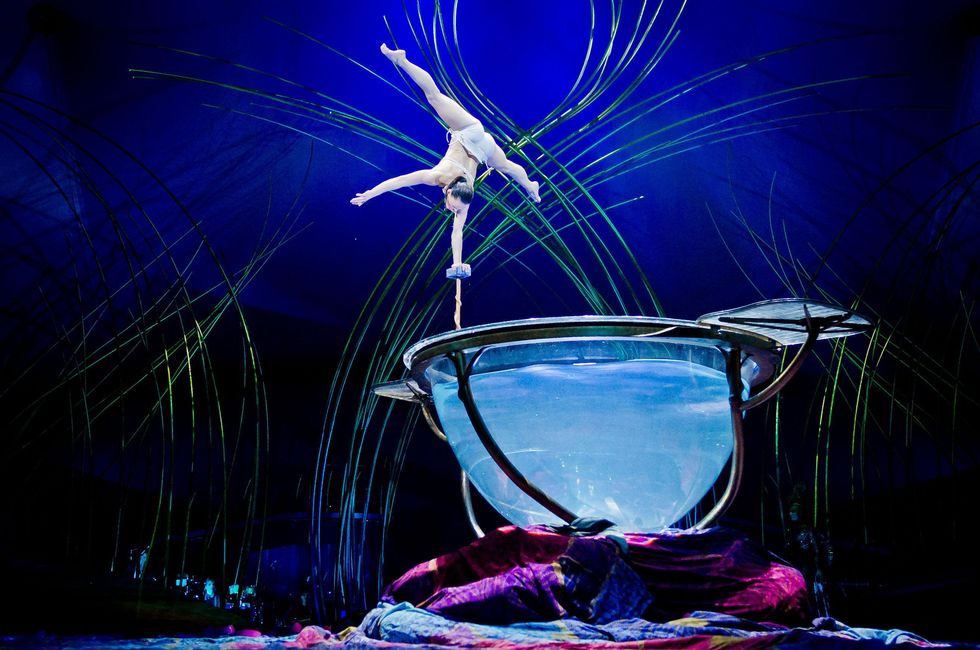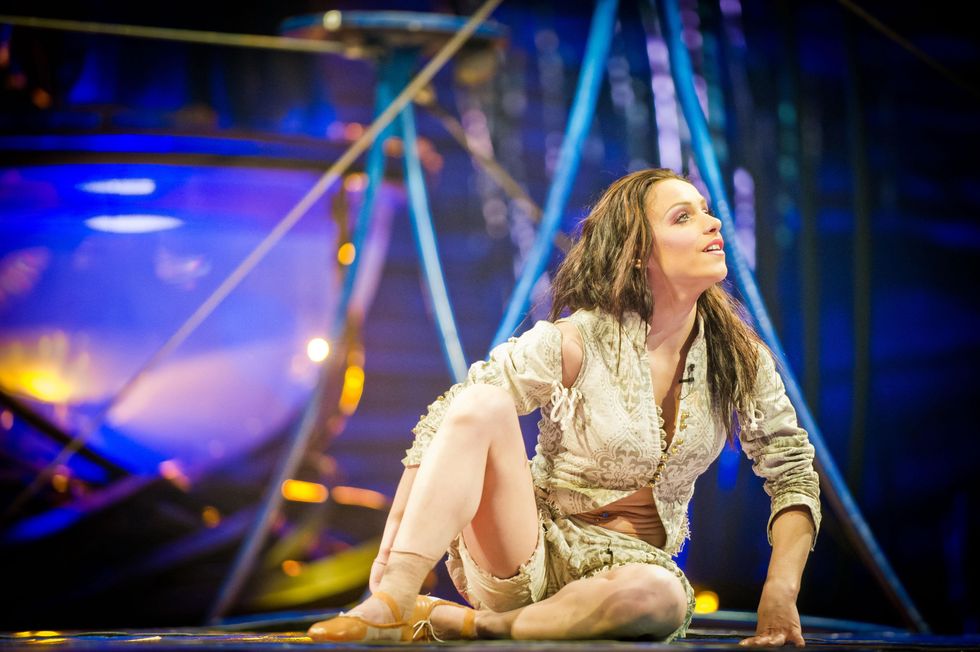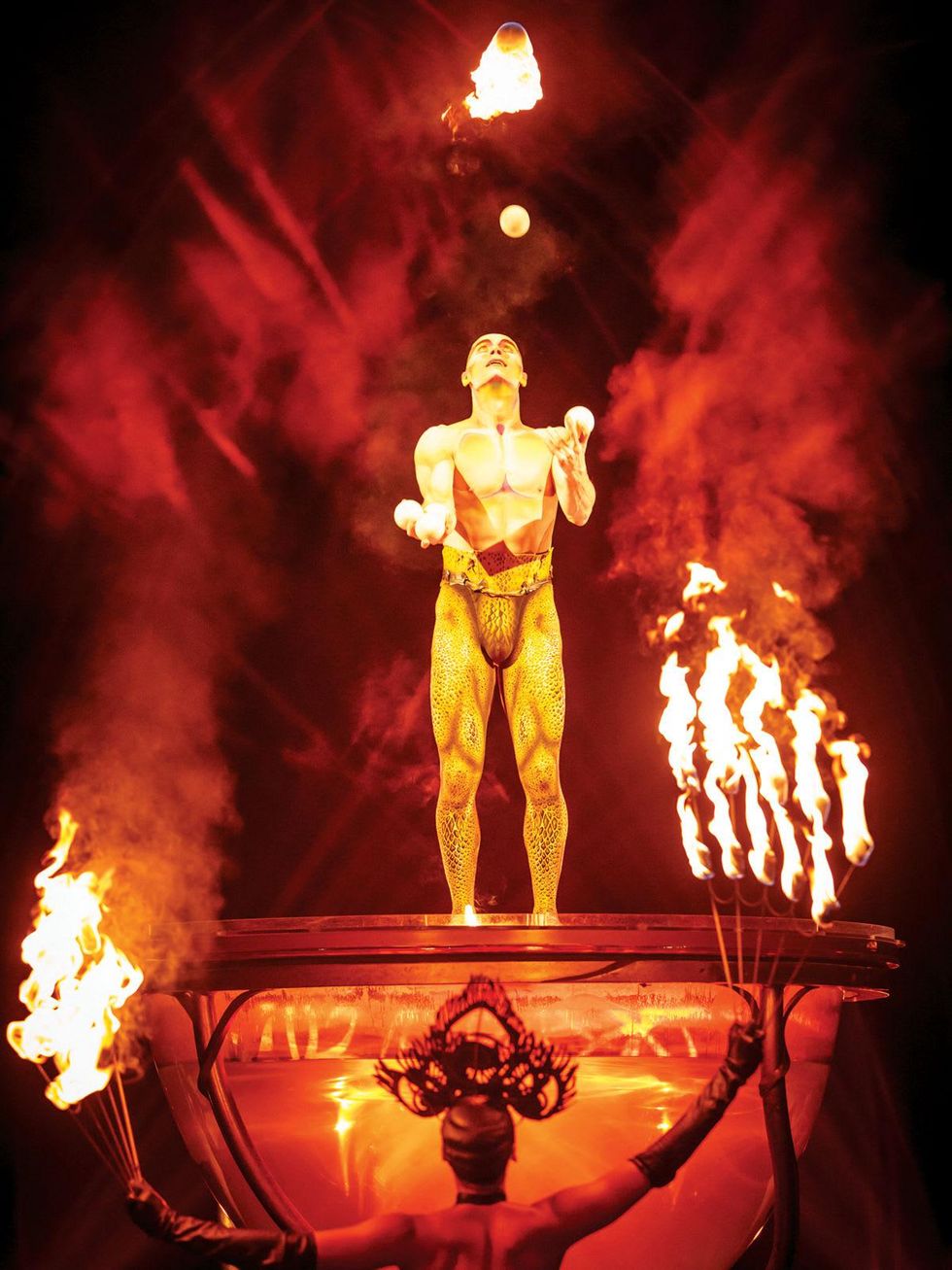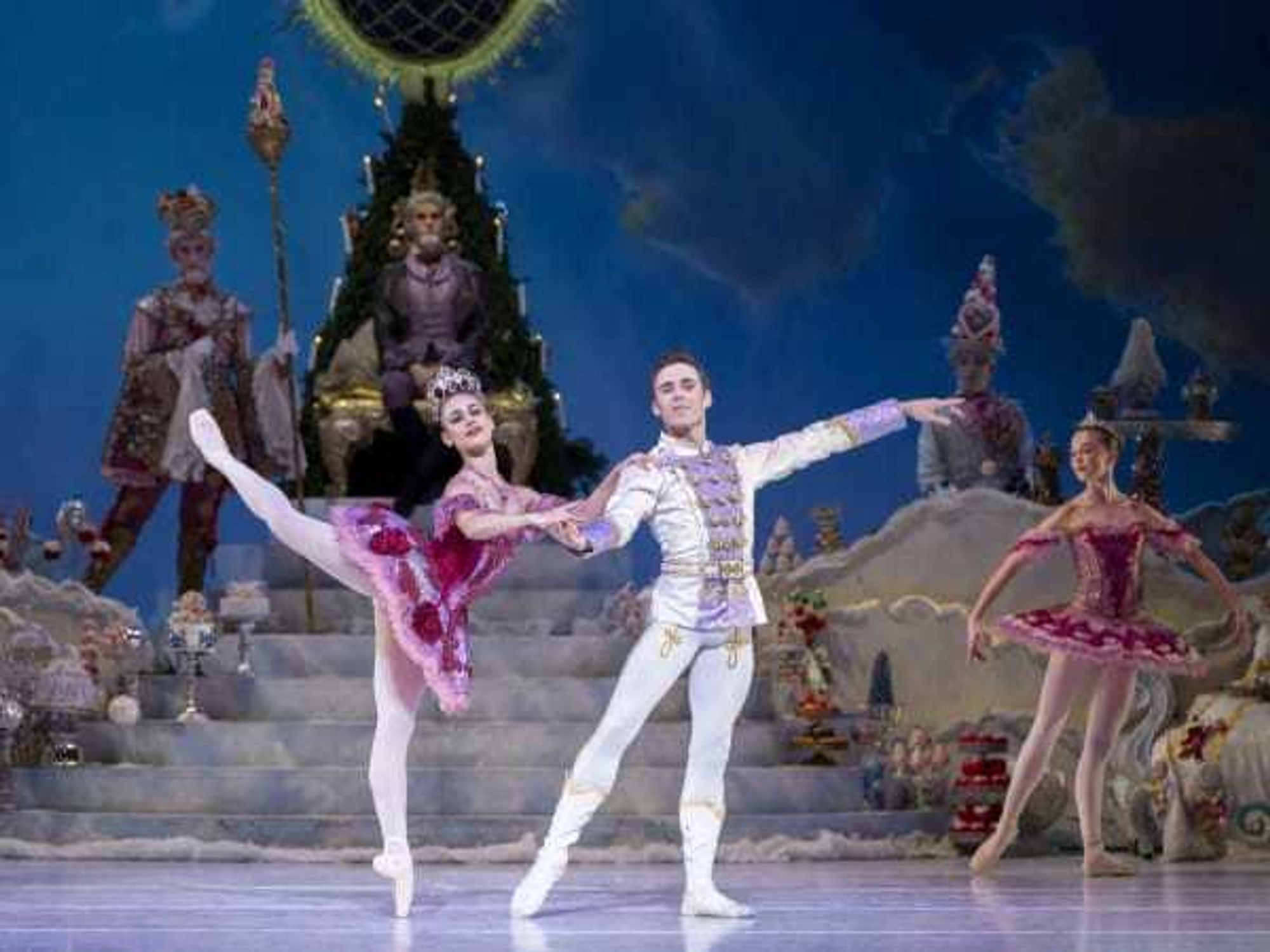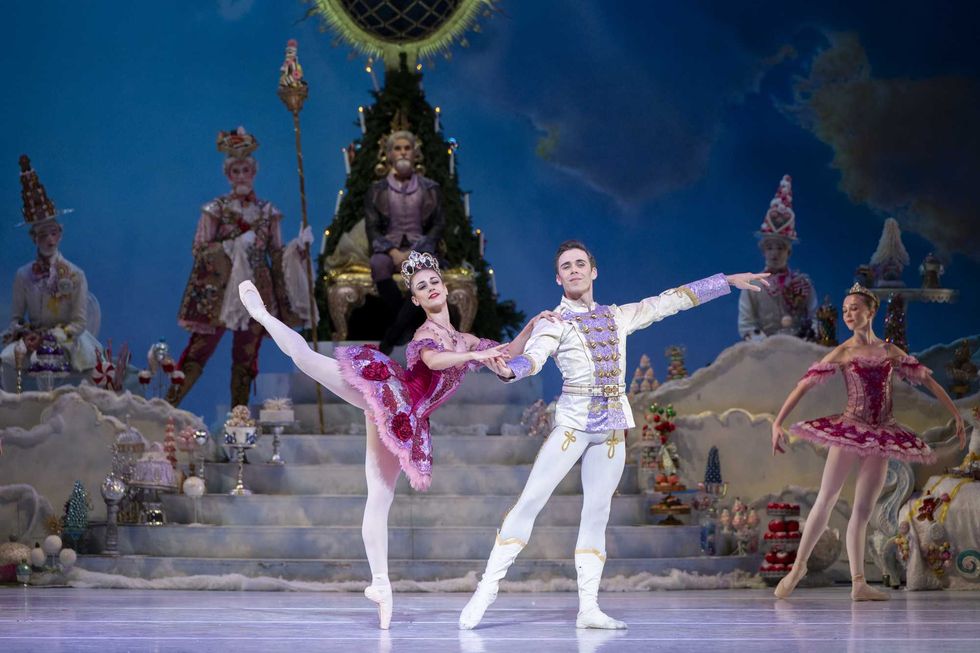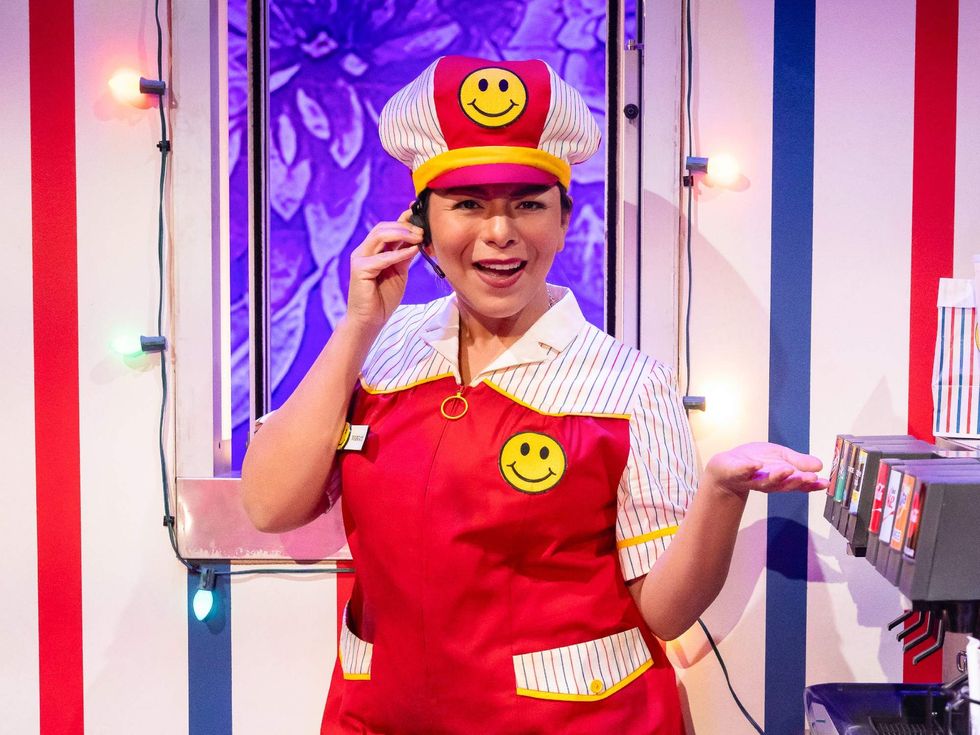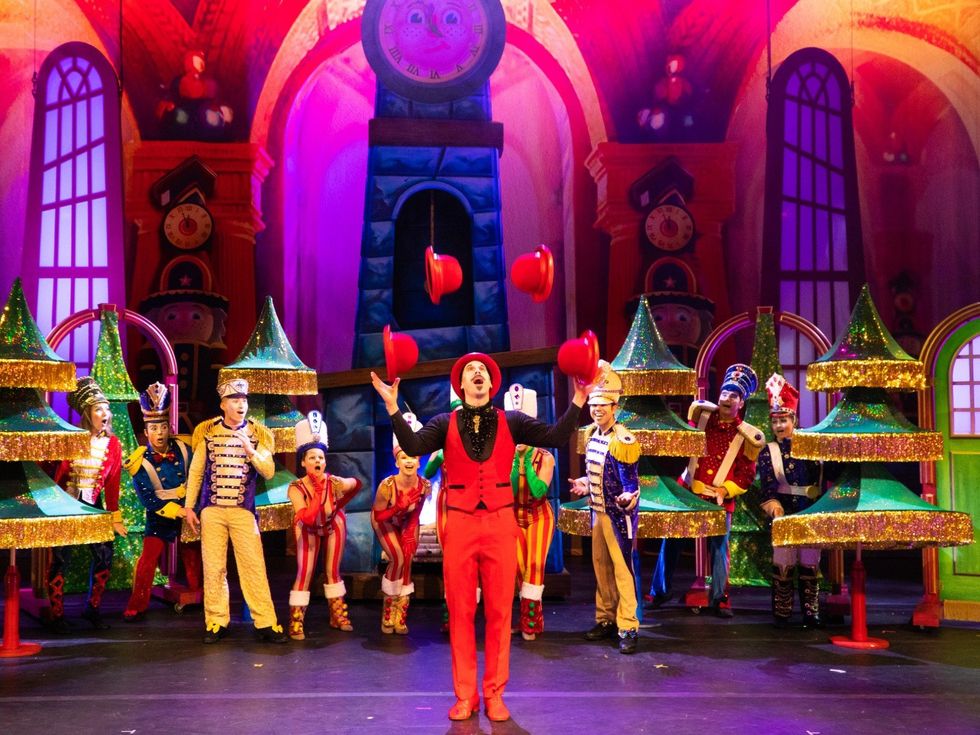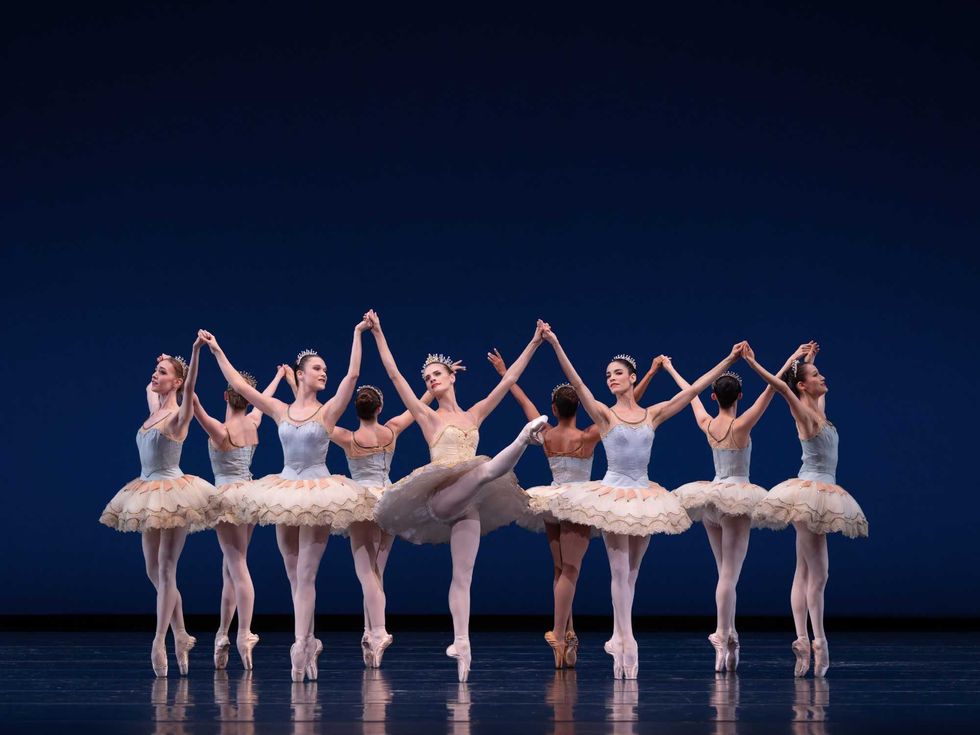Girls Rock
Women power soars: New sexy Cirque du Soleil boasts supermodel drummer, goddesses in the air & more
The iconic blue-and-yellow swirl tent can be seen from a mile away, signaling one thing: Cirque du Soleil is back in town. The big top touring show has taken over Sam Houston Race Park with its’ 33rd production, “Amaluna.”
Underneath all the flair and whimsy of “Amaluna” lies a coming-of-age narrative that promises an attack on the senses. “We see people laughing. We see people crying. We see people taking so many different emotions from this particular show,” Rowenna Dunn, Cirque du Soleil publicist, says.
“Amaluna” also marks a number of history-making moments for Cirque du Soleil, which just celebrated its 30th anniversary. It’s enlisted a real heavy hitter to guide the show in Tony-award winning director of theater and opera, Diane Paulus. Houston is the final city on the United States tour before the acrobats swing overseas to start the European leg of the tour in Madrid.
CultureMap talked to Dunn to find out how this blend of magic all comes together and how Cirque managed to breathe life into an unexpected byproduct — inspiring a generation of women.
CultureMap: What’s Amaluna about?
Rowenna Dunn: It’s essentially a love story very loosely based on Shakespeare’s “The Tempest.” When the show begins, everyone is celebrating a young girl named Miranda and her transition into womanhood on the island Amaluna, which means Mother Moon. Meanwhile, her mother Queen Prospera is whipping up a storm that brings in a shipwrecked, boatload of boys.
"The balance goddess is a very quiet, intimate act in the second part of the show. It’s not something that is high risk to the point that’s it death-defying, but it’ll keep people holding their breaths."
It’s love at first sight between Miranda and one of the boys Romeo, who both must find the balance between love for each other, love within a community and love between families.
CM: Women play a strong role in this show. What was the idea behind that theme?
RD: Traditionally in Cirque shows, the cast is about 70-80 percent male. That was never a conscious effort but that was just sort of the way the candidate pool had fallen. In this particular show, our founder and owner Guy Laliberté had said, “You know what? It’s really time we just focus on the amazing female performers out there.
"Let’s bring them in and create a show that focuses on the strength and beauty of women.”
CM: Director Diane Paulus (Pippin, The Magic Flute) was brought in to help execute that vision. What’s it like working with her?
RD: Part of Diane’s theatrical element is she loves to break down that barrier between the audience and her performers. When you come to the show, you’ll see performers running into the crowd messing with people here and there, and you won’t even expect it because you’re so enthralled with what’s happening on the stage.
Diane also brought in her set and props designer Scott Pask. Together, they made a deliberate choice to have relatively few moving parts in the set design. That was intended to add a certain elegance to the performances by concentrating the audience’s attention on the human aspect.
CM: For the first time in Cirque du Soleil history, there’s an all-female band. How does the band enhance the show?
RD: The music with this show is a bit of a departure from the ethereal-type sounds that we’re used to hearing at Cirque shows. This is more rock, more punk and the girls get out on the stage a lot, and they’re in the audience as well. We wanted to integrate them into more of the acts to be more of a focal point.
I feel like some of the other shows that I’ve worked on people never realize that we have live music. So, there was definitely a conscious effort to showcase that strength. It’s something where we see admiration from our audience members who say, “Wow, you have a female drummer, and she kicks butt!” You see that all these powerful women are really giving a good show.
CM: What kind of feedback have you received from having a dominant female presence in the show?
RD: We’ve had audience members, we’ve had people who have sent us comments either on social media or through other channels saying, “I have a daughter, and I want her to know that she can do anything. I want her to not be limited.” Going back to our female drummer, people say, “I kind of thought that was a boy job.”
But when you see the girl — she’s gorgeous; she’s very supermodel-gorgeous and people, are like “Wow, she’s a drummer I would never have thought that.”
It’s breaking stereotypes and also letting people know you can do that as well. It’s very achievable. This is just something we can do to empower young women and girls out there who have dreams and who want to see them come to fruition. We can speak to that, and in doing so, we speak to a lot of people.
CM: How is "Amaluna" different from other Cirque shows?
RD: Particularly with "Amaluna," there’s such a human silhouette that’s being celebrated. That means most of our characters, with the exception of one is portraying, a human-type character. With a lot of other Cirque shows, there are performers playing mythical creatures or bugs in a forest, for example.
But in this case, you see warrior women on stage and people that are flying out 30 feet in the air, so you get to see and experience the facial expressions a lot more. You get to recognize them as being human. We also wear a lot of denim in the show from jeans and jackets to dreadlocked head pieces. Girls are even wearing corsets and gorgeous heels. It’s a very different look.
CM: Without giving too much away, describe some of the acts.
RD: We have the uneven bars, which we’ve never had at Cirque before. A lot of research and development went into building the apparatus. Initially, we asked, how many girls can we get spinning at one time? The artists are the specialists and they were brought in because they know whether it’s going to work, whether it’s going to look good and whether it’s going to be safe.
Then, the creative team comes in and says, “Wear this five-point headpiece, this corset, these shoes, this tail!” It’s a very big learning curve but definitely one of the high-energy acts in the show.
We also have the water bowl, which is featured in one of our shows in Las Vegas. This is the first time we’ve toured with it, and it weighs about 6,000 pounds. Once it’s full, it takes four hours to fill. We keep it heated at 98 degrees at all times because we have a girl who’s doing a hand-balancing contortion act on top. This thing is so huge that it’s one of the first things to go into the big top as we’re setting it up and it’s one of the last things to come out.
The balance goddess is a very quiet, intimate act in the second part of the show. It’s not something that is high risk to the point that’s it death-defying, but it’ll keep people holding their breaths. Without fail, we have a standing ovation after that act every single night in every single city that we perform it in.
It’s definitely something that people will not have seen or experienced before.
Cirque du Soleil: Amaluna runs through March 22 at Sam Houston Race Park. Tickets start at $35. VIP and behind-the-scenes packages are also available for $275 and $500 respectively.
